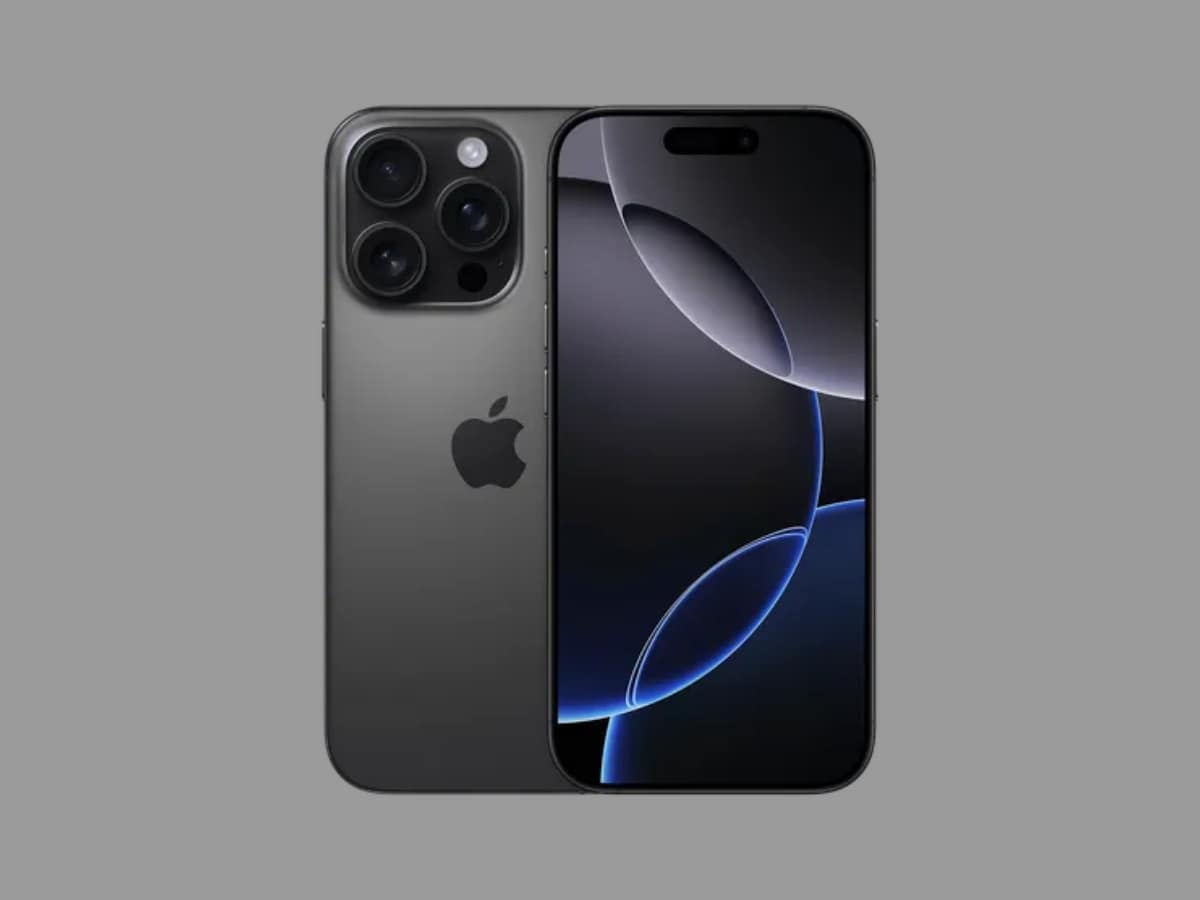The Panasonic W70B is a 4K LED TV with a 60Hz refresh rate. It supports high dynamic range (HDR) content in HDR10, HDR10+, and hybrid log gamma (HLG). It does not support Dolby Vision. It has an ATSC 1.0 tuner for over-the-air broadcasts. It does not have ATSC 3.0 for 1080p and 4K broadcasts.

Get Our Best Stories!
All the Latest Tech, Tested by Our Experts

By clicking Sign Me Up, you confirm you are 16+ and agree to our Terms of Use and Privacy Policy.
Thanks for signing up!
Your subscription has been confirmed. Keep an eye on your inbox!
This is a budget TV with a full-panel LED backlight and no local dimming, and its brightness and contrast reflect that. We test TVs with a Klein K-10A colorimeter, a Murideo SIX-G signal generator, and Portrait Displays’ Calman software. Out of the box, in Movie mode with an SDR signal, it shows a peak brightness of 274 nits with a full-screen white field and no real difference with a smaller 18% white field, along with a black level of 0.058cd/m^2. Switching to an HDR signal doesn’t make it much brighter, bumping it up to 333 nits peak brightness and 0.074cd/m^2 black level for a 4,500:1 contrast ratio. That’s brighter than the Amazon Fire TV 4-Series (283 nits peak brightness, 0.085cd/m^2 black level, 3,329:1 contrast ratio), but the local-dimming mini-LED-equipped Hisense U6N blows both out of the water (700 nits 18% white field, 0.003cd/m^2 black level, 233,333:1 contrast ratio).

(Credit: PCMag)
The above charts show the W70B’s color levels in Movie mode with an SDR signal compared against Rec.709 broadcast standards and with an HDR signal compared against DCI-P3 digital cinema standards. In both cases, whites run slightly cool/cyan, magentas also run slightly cool, and the other colors are generally very accurate, though they don’t come close to covering the DCI-P3 color space in HDR. These levels are nearly identical to the Fire TV 4-Series, and the two TVs might use very similar panels. The Hisense U6N’s QLED panel is much more accurate and reaches further in HDR, though it still doesn’t quite hit the digital cinema color levels; if you want a picture that vivid you’ll need to spend more on a TV like the Hisense U8QG.
Off-angle viewing of the W70B is modest but not awful. Color and contrast remain intact until you look at the screen from about 30 degrees in either direction, after which colors fade and black becomes gray. This is standard performance for a TV in this price range, but paying more to step up a tier to a TV like TCL’s QM7K will significantly widen the angles you can see a consistent picture from.
Considering its limitations as a non-QLED TV without local dimming, the W70B’s picture looks good. The greens of plants and the blues of water and sky in BBC’s Planet Earth II look well-balanced and natural. I’ve definitely seen more vibrant color on higher-end QLED TVs like the Hisense U8QG and TCL QM7K, but they are significantly more expensive. The W70B is vibrant enough to let you comfortably view the sunny shots of nature in a well-lit room, but the underwhelming brightness and mediocre contrast mean they don’t come close to looking lifelike.
The party scenes in The Great Gatsby are well-balanced and very watchable on the W70B, even with its limited contrast. The blacks of suits and the whites of shirts and balloons look accurate and generally show strong detail in most shots, though the former can appear washed-out or lose a bit of shadow detail to muddiness depending on the shot. Skin tones appear accurate, and while the occasional flourishes of orange dresses aren’t as vibrant as they are on QLED TVs I’ve tested, they still pop out nicely against the rest of the frame.

(Credit: Panasonic)
The Spears & Munsil Ultra HD Benchmark disc has plenty of demonstration footage that serves as a torture test for TVs, and it definitely exposes the bigger cracks in the W70B’s picture. Highlight details in snowy nature shots get crunched down, eliminating clouds, falling snowflakes, and even the snow-covered ground in a blanket of flat white. This can also be seen in many landscape shots without snow, with sun-bleached stone and white clouds also losing detail. Shots of bright, colorful objects like feathers and flowers against a black background don’t show any light bloom since the backlight array is consistent across the screen, but that background isn’t exactly super dark, and the objects themselves don’t get bright enough or show enough detail in highlights to stand out as well as they do on TVs with local dimming. Colors are still accurate, and while it isn’t a terrible viewing experience, it is still very much budget picture quality.








